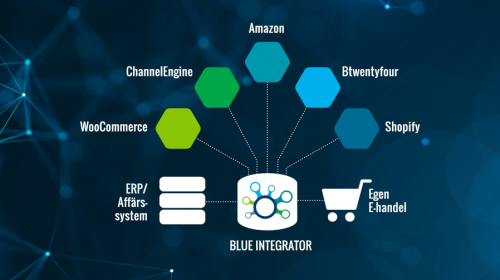In the past many companies have been hesitant about setting up an online shop, however as technology has improved there are now great opportunities to quickly reach a global market. At the same time, as the whole world has become an online trading place, greater demands are placed on keeping together and updating large amounts of information in a logical and streamlined manner.
With digital e-commerce platforms such as Amazon, Alibaba, Wish, Shopify and ChannelEngine, new markets are opening up for individuals and companies that have something to sell. This also creates additional pressures such as providing the marketplaces with current product information, images, prices, and texts. Information about orders, notification and invoicing must also be handled in a secure and cohesive way. When all that information is gathered in your own ERP-system (or in combination with the PIM system), you want to handle it efficiently and without risking time-consuming double registration and manual work. In this respect, a modern integration solution can save time and money and reduce the risk of errors.
Modern and efficient way to integrate
Instead of a large number of direct integrations between different subsystems, the integration engine Blue Integrator creates a coherent information flow. Virtually all parties and subsystems that are or need to be part of your business are easily connected to an efficient and reliable solution. The implementation is simple and results can quickly be gained when work processes are automated and new sources of information added. It is important to state that you full control at all levels – from item handling and purchasing to orders, stock, and invoicing. – By using Blue Integrator and connecting it to our existing business system, we have trimmed the number of integrations from 2,000 to 50, says Claes Rylander, E-Commerce Manager at Lyreco.
Easily add more marketplaces
Blue Integrator enables efficient duplication of data to multiple marketplaces. Simply put, the integration engine can ingest data from one or more sources. In Blue Integrator’s in-house format, all data is compiled in a structured way. After that, just switch on the correct format (via transmission ports).
– If you do not use an integration engine and instead make integrations directly, it becomes extremely costly and difficult to handle over time. It also creates an environment that is sensitive to change and requires extensive manual work, comments Stefan Jörkander, CEO of Connect Companies, the company that owns and sells Blue Integrator.
Reacting quickly to change
Today, effective tools are required to quickly change an offer on an e-commerce platform, adjust prices, introduce and use different payment solutions, or change carriers. Integration is also a crucial factor in mergers. Here, Blue Integrator becomes an enabler that gathers information and contributes to business decisions using data that is accurate and relevant.
– Amazon’s entry into the Swedish e-commerce market has of course impacted many players. Blue Integrator is no exception and we have prepared and are able to support a smooth connection to this type of e-commerce site, comments Stefan Jörkander.
Blue Integrator in brief
Instead of registering and retrieving information from many different subsystems, the Blue Integrator integration engine can handle all information from one place. Unlike solutions with a large number of direct integrations, the integration engine only needs to register information once. It saves time and resources and reduces the risk of errors. Blue Integrator is easy to implement, can manage a large number of integrations and can work alongside the SAP, Jeeves, and Dynamics 365 ERP systems, as well as a number of different e-commerce sites.


